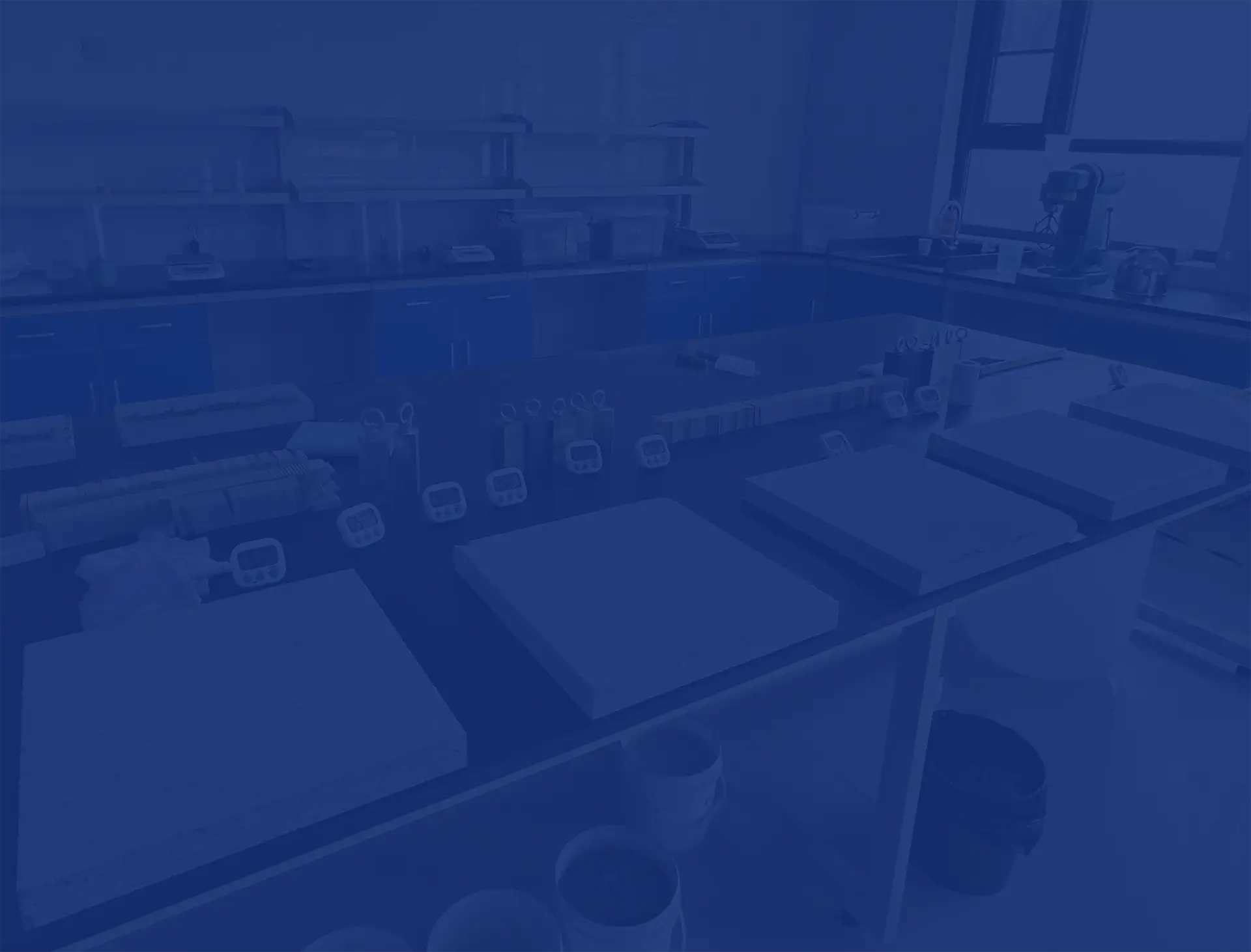
Nov . 26, 2024 00:47 Back to list
Understanding Redispersible Polymer Powder and Its Applications in Construction and Adhesives
Understanding Redispersible Polymer Powder Properties, Applications, and Benefits
Redispersible polymer powder (RDP) is a crucial material widely used in various industries, particularly in construction and coatings. These powders are produced by drying a dispersion of polymers, allowing them to maintain their properties even after being transformed into a powder form. When mixed with water, RDPs can easily rehydrate and regain their original properties, making them an essential ingredient in products such as adhesives, sealants, and tiles. This article explores the composition, properties, applications, and benefits of redispersible polymer powders.
Composition and Properties
RDPs are typically derived from a variety of polymers, including vinyl acetate-ethylene (VAE), styrene-butadiene (SBR), and acrylic. The choice of polymer affects the final properties of the RDP, such as adhesion strength, flexibility, and water resistance. These powders are processable at lower temperatures than their liquid counterparts, which makes them particularly appealing for applications in the construction industry.
One defining characteristic of redispersible polymer powders is their ability to form a stable film upon rehydration. This film formation is essential for their performance in various applications, as it enhances adhesion, flexibility, and durability. Furthermore, RDPs can improve the overall workability of mixtures by providing better consistency and reducing the risk of separation, which is crucial for applications that require high-performance materials.
Applications in the Construction Industry
The construction industry is one of the largest consumers of RDPs. They are commonly used in cement-based formulations, such as tile adhesives, wall coatings, and self-leveling compounds. By incorporating RDPs into these mixtures, manufacturers can significantly enhance the performance characteristics of the final product.
1. Tile Adhesives RDPs improve the adhesion of tile adhesives to various substrates, enabling effective bonding for both interior and exterior applications. The flexibility imparted by RDPs helps to accommodate movements in building materials, reducing the risk of cracking.
2. Plaster and Render In plastering applications, RDPs enhance workability and adhesion. They also contribute to water resistance and reduce the risk of efflorescence, a common problem associated with traditional cement-based materials.
3. Self-Leveling Compounds The incorporation of RDPs in self-leveling compounds aids in achieving the desired flow and leveling properties, ensuring a smooth and durable finish on floors.
redispersible polymer powder wikipedia

4. Mortars RDPs improve the performance of mortars by providing better adhesion, flexibility, and durability. This is vital for construction projects that require long-lasting results.
5. Exterior Insulation and Finish Systems (EIFS) RDPs are an integral component in EIFS, providing weather resistance and enhancing the overall durability of the system.
Benefits of Using Redispersible Polymer Powders
The integration of RDPs into building materials offers a range of benefits that can enhance performance and sustainability.
- Enhanced Adhesion RDPs significantly improve the adhesion properties of mixtures, ensuring strong bonds between different materials. - Flexibility and Durability They impart flexibility to the final product, which is critical in accommodating stresses from temperature changes or building movements. This leads to a reduction in cracking and extends the lifespan of the application.
- Water Resistance RDPs enhance the water resistance of mortars and adhesives, making them suitable for various environments, including humid and wet conditions.
- Improved Workability By reducing the viscosity of mixtures, RDPs improve workability, allowing for easier application and handling. This leads to increased efficiency during construction processes.
- Sustainability The use of RDPs can contribute to more sustainable construction practices by reducing the need for other chemical additives while maintaining high performance standards.
Conclusion
Redispersible polymer powders are invaluable in the construction and coatings industries due to their unique properties and versatile applications. By enhancing the performance of various materials, RDPs contribute to more durable, flexible, and weather-resistant construction products. As the need for high-performance materials continues to grow, the importance of RDPs in achieving these results cannot be overlooked. Their ability to improve workability and longevity makes them a key ingredient for modern construction practices, leading to more sustainable and efficient building solutions.
-
Premium Cellulose Ether: Effective Liquid Thickener & Stabilizer
NewsAug.31,2025
-
HPMC for Tile Adhesive: Superior Bonding & Workability
NewsAug.30,2025
-
Premium Cellulose Ether: Effective Liquid Thickener Solutions
NewsAug.29,2025
-
HPMC for Tile Adhesive: Enhanced Bonding & Workability
NewsAug.28,2025
-
tile-bonding-additives-for-stronger-bonds
NewsAug.22,2025
-
construction-grade-rdp-for-wholesale-needs
NewsAug.22,2025







